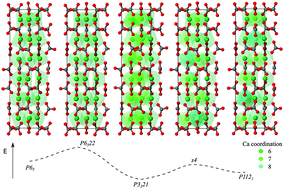 Vaterite is one of the three crystalline polymorphs of calcium carbonate, and plays a significant role in biomineralisation, either as an intermediate formed from amorphous calcium carbonate prior to transformation to aragonite or calcite, or can be utilized by organisms in its own right.
Vaterite is one of the three crystalline polymorphs of calcium carbonate, and plays a significant role in biomineralisation, either as an intermediate formed from amorphous calcium carbonate prior to transformation to aragonite or calcite, or can be utilized by organisms in its own right.
Recently there have been several key advances in our understanding the formation of calcium carbonate, and owing to its great importance not only in biomineralization the lack of a proper understanding of the solid-state structure of vaterite is certainly a considerable deficit. Despite its significance, there has been considerable debate regarding the nature of the structure of this material. While vaterite is known to exhibit disorder, several ordered structures are used as models to understand its crystal chemistry. In this HOT Article, Demichelis et al. have used ab initio calculations to show that the two most widely used structural models are actually transition states, rather than being stable, and that the third proposed literature model is too high in energy to be viable. Several new distorted structures for vaterite are proposed that are very close in energy and able to interchange, thereby creating a mechanism to explain the observed disorder. The final nature of the disorder may ultimately depend on the kinetics of the transformation from a precursor phase, as postulated for the ikaite to vaterite conversion.
Read more for FREE until the 22nd November at:
A new structural model for disorder in vaterite from first-principles calculations
Raffaella Demichelis, Paolo Raiteri, Julian D. Gale and Roberto Dovesi
CrystEngComm, 2011, Advance Article


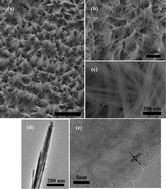









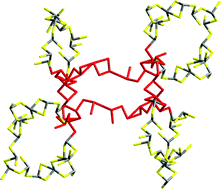

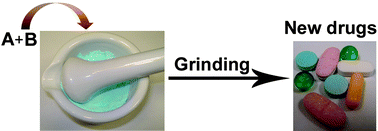 This CrystEngComm Highlight provides a brief overview of advances in the synthesis of new pharmaceutical forms, based on molecular assembly through non-covalent interactions or coordination bonds which have been provided through mechanochemical methods of neat and liquid-assisted grinding. In particular, it has been shown that liquid-assisted grinding provides an environment free of solubility-based limitations inherent to solution-based cocrystallisation, thereby leading to highly efficient screening for polymorphs, cocrystals and salts. The applicability of liquid-assisted grinding and subsequently derived ion-and liquid-assisted grinding has been recently extended to the area of metal-based pharmaceuticals and metallodrugs. The work suggests mechanochemical screening may have a pivotal role in the future development of pharmaceutical solid forms and, potentially, in the covalent synthesis of drug candidates.
This CrystEngComm Highlight provides a brief overview of advances in the synthesis of new pharmaceutical forms, based on molecular assembly through non-covalent interactions or coordination bonds which have been provided through mechanochemical methods of neat and liquid-assisted grinding. In particular, it has been shown that liquid-assisted grinding provides an environment free of solubility-based limitations inherent to solution-based cocrystallisation, thereby leading to highly efficient screening for polymorphs, cocrystals and salts. The applicability of liquid-assisted grinding and subsequently derived ion-and liquid-assisted grinding has been recently extended to the area of metal-based pharmaceuticals and metallodrugs. The work suggests mechanochemical screening may have a pivotal role in the future development of pharmaceutical solid forms and, potentially, in the covalent synthesis of drug candidates.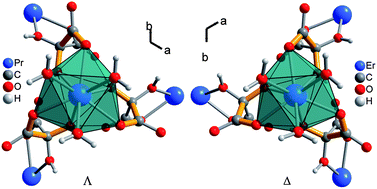 In this HOT Article, the achiral mesoxalato ligand (H2mesox2-) is identified as a new enantiopurity enforcer in extended structures by yielding the homochiral metal-organic frameworks (MOFs) 2D-[Ln2(µ-H2mesox)3(H2O)6]. The chirality of the compounds can be observed in the features of the crystal structure and also in the dominating intensity of the hypersensitive transition within trivalent europium, which reacts strongly to the absence of a local inversion centre and proves the chiral environment of the rare-earth ions within the complexes.
In this HOT Article, the achiral mesoxalato ligand (H2mesox2-) is identified as a new enantiopurity enforcer in extended structures by yielding the homochiral metal-organic frameworks (MOFs) 2D-[Ln2(µ-H2mesox)3(H2O)6]. The chirality of the compounds can be observed in the features of the crystal structure and also in the dominating intensity of the hypersensitive transition within trivalent europium, which reacts strongly to the absence of a local inversion centre and proves the chiral environment of the rare-earth ions within the complexes.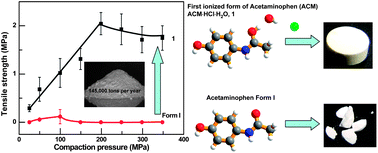 This HOT article reports the first salt form of acetaminophen, which is shown to have superior tableting properties relative to the stable polymorph of the unionised drug. Amide groups are generally considered non-ionisable for the purposes of drug development and there are only a handful of crystal structures with ionised amide groups known. This success of forming an amide–hydrochloride salt using a simple experimental protocol may well encourage other research groups, both industrial and academic, to attempt salt formation with amides.
This HOT article reports the first salt form of acetaminophen, which is shown to have superior tableting properties relative to the stable polymorph of the unionised drug. Amide groups are generally considered non-ionisable for the purposes of drug development and there are only a handful of crystal structures with ionised amide groups known. This success of forming an amide–hydrochloride salt using a simple experimental protocol may well encourage other research groups, both industrial and academic, to attempt salt formation with amides.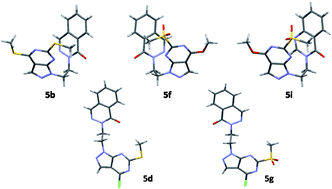 In this
In this 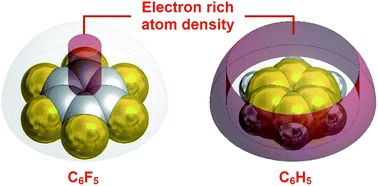
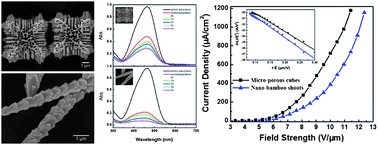 In this CrystEngComm HOT Article, two kinds of micro/nano-sized single-crystalline cuprous oxide (Cu2O) crystals with novel porous cubic or hierarchical rod-like morphologies were successfully synthesized via a facile ethanol-assisted double-solvothermal method. It was found that the addition of ethanol in precursor solution is critical for the formation of hierarchical rod-like structures (nano-bamboo shoots). Their growth process and shape evolution together with their optical properties and field emission have also been reported.
In this CrystEngComm HOT Article, two kinds of micro/nano-sized single-crystalline cuprous oxide (Cu2O) crystals with novel porous cubic or hierarchical rod-like morphologies were successfully synthesized via a facile ethanol-assisted double-solvothermal method. It was found that the addition of ethanol in precursor solution is critical for the formation of hierarchical rod-like structures (nano-bamboo shoots). Their growth process and shape evolution together with their optical properties and field emission have also been reported. Vaterite is one of the three crystalline polymorphs of calcium carbonate, and plays a significant role in biomineralisation, either as an intermediate formed from amorphous calcium carbonate prior to transformation to aragonite or calcite, or can be utilized by organisms in its own right.
Vaterite is one of the three crystalline polymorphs of calcium carbonate, and plays a significant role in biomineralisation, either as an intermediate formed from amorphous calcium carbonate prior to transformation to aragonite or calcite, or can be utilized by organisms in its own right.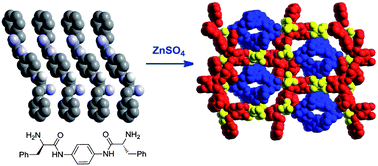 In this HOT Article, two new phenyl-bridged pseudopeptidic ligands have been prepared and structurally characterised. The nature of the ligands’ substituents play an important role in the nature of the solid state structure yielding either hydrogen bonded linked sheets of molecules or infinite hydrogen bonded networks. To investigate this further, these ligands were reacted with a range of zinc(II) salts with the aim of synthesising coordination polymers and networks; the role of anions in determining the final structure was explored.
In this HOT Article, two new phenyl-bridged pseudopeptidic ligands have been prepared and structurally characterised. The nature of the ligands’ substituents play an important role in the nature of the solid state structure yielding either hydrogen bonded linked sheets of molecules or infinite hydrogen bonded networks. To investigate this further, these ligands were reacted with a range of zinc(II) salts with the aim of synthesising coordination polymers and networks; the role of anions in determining the final structure was explored.